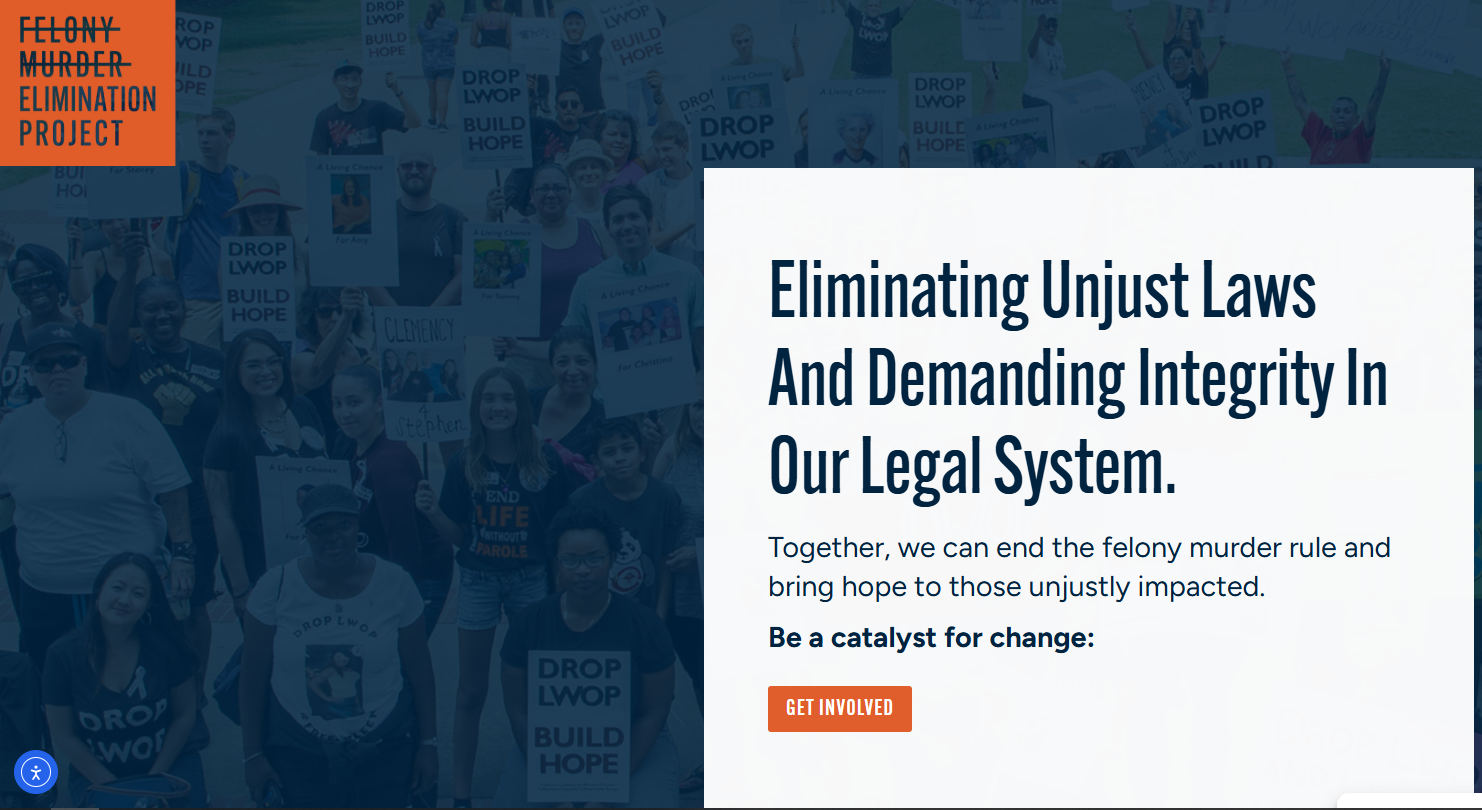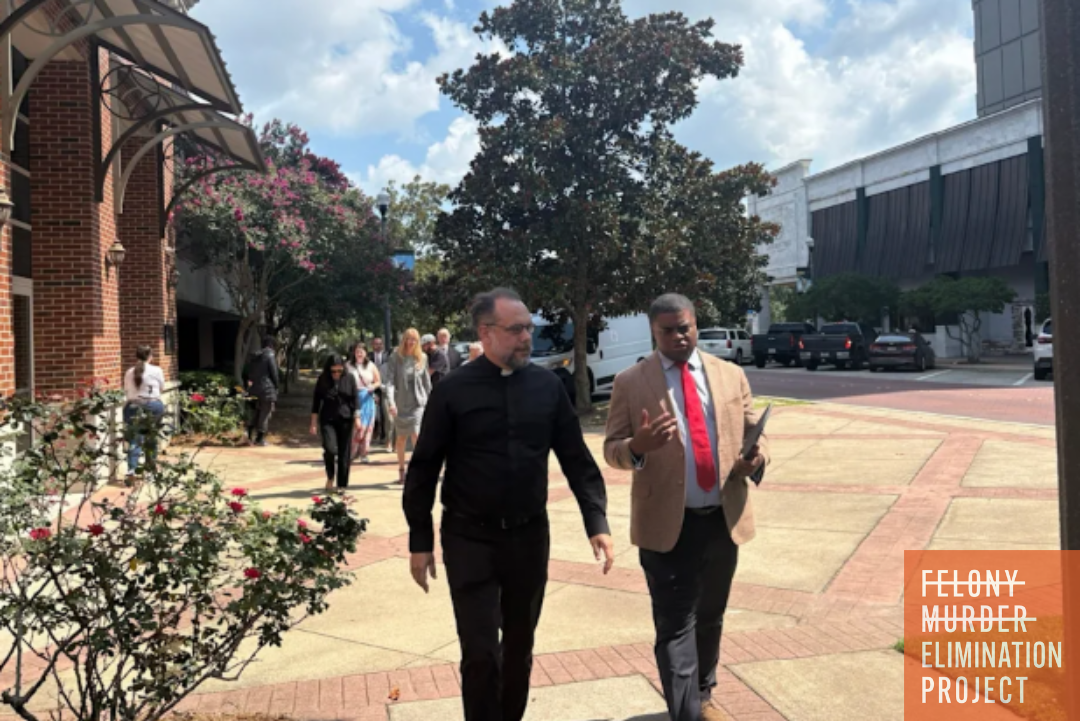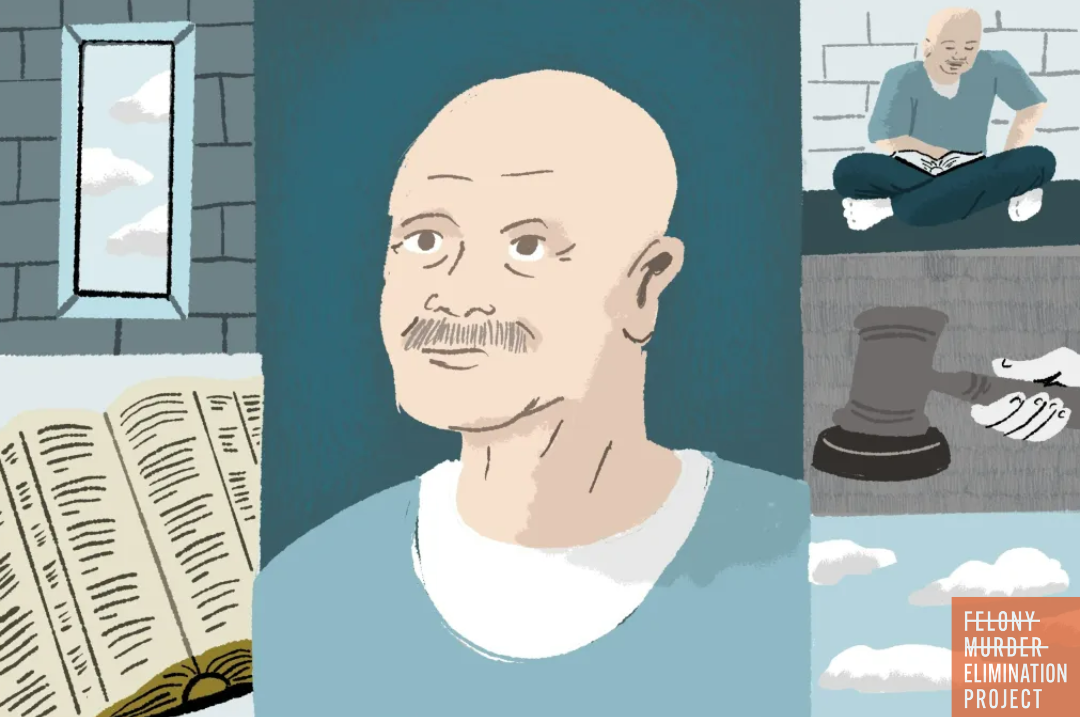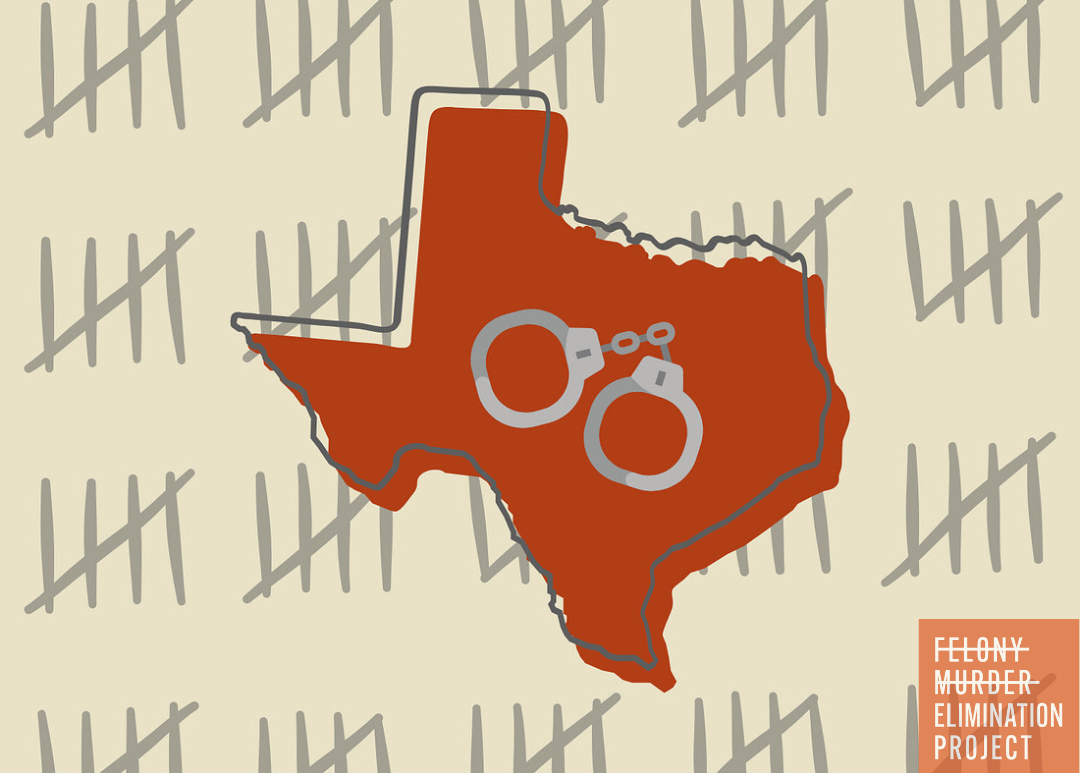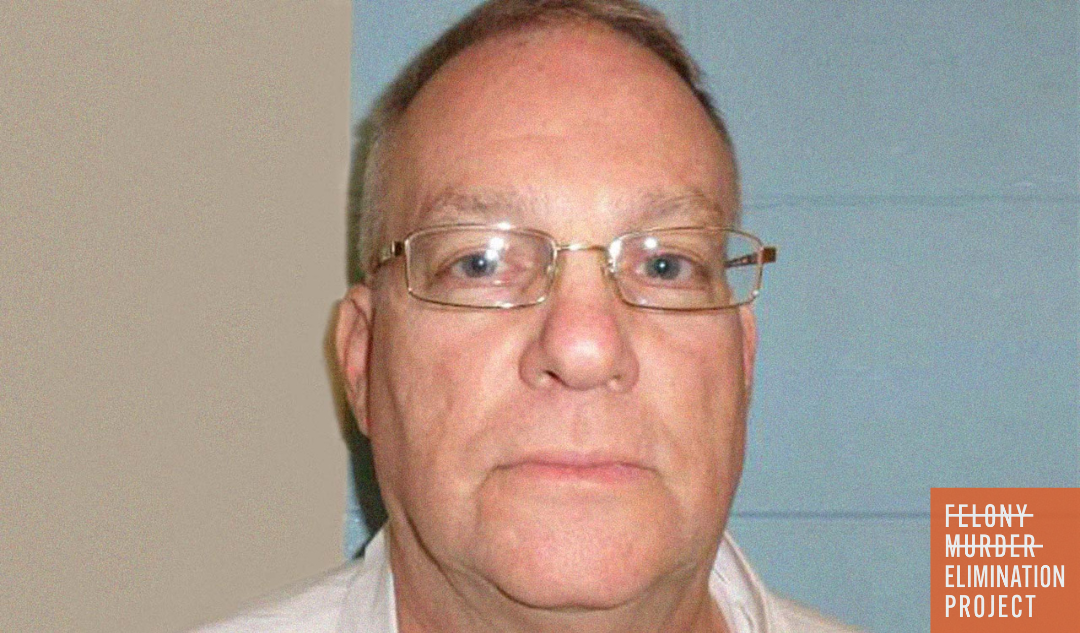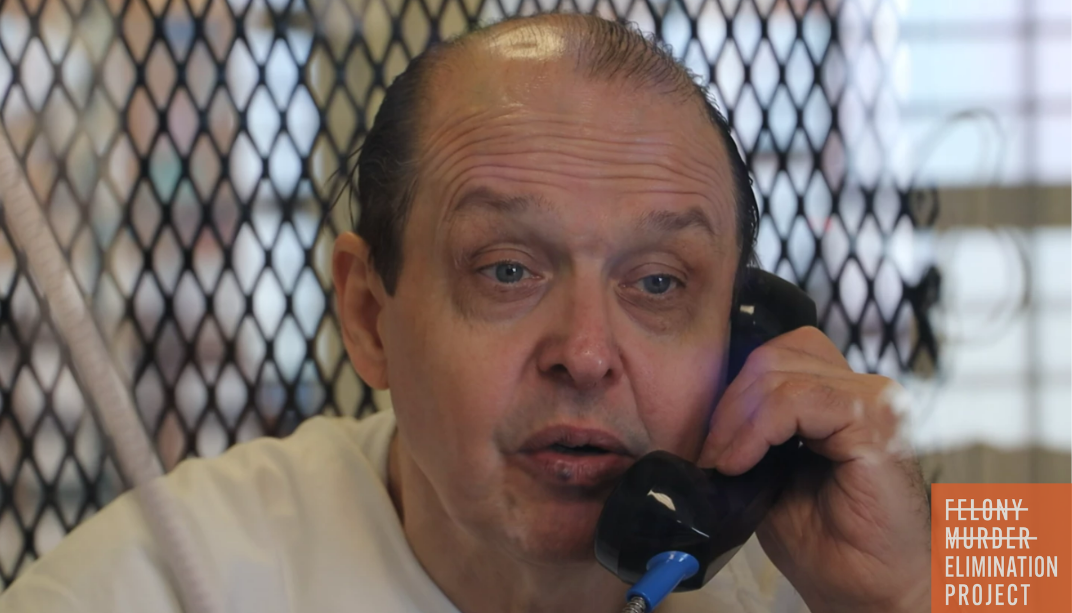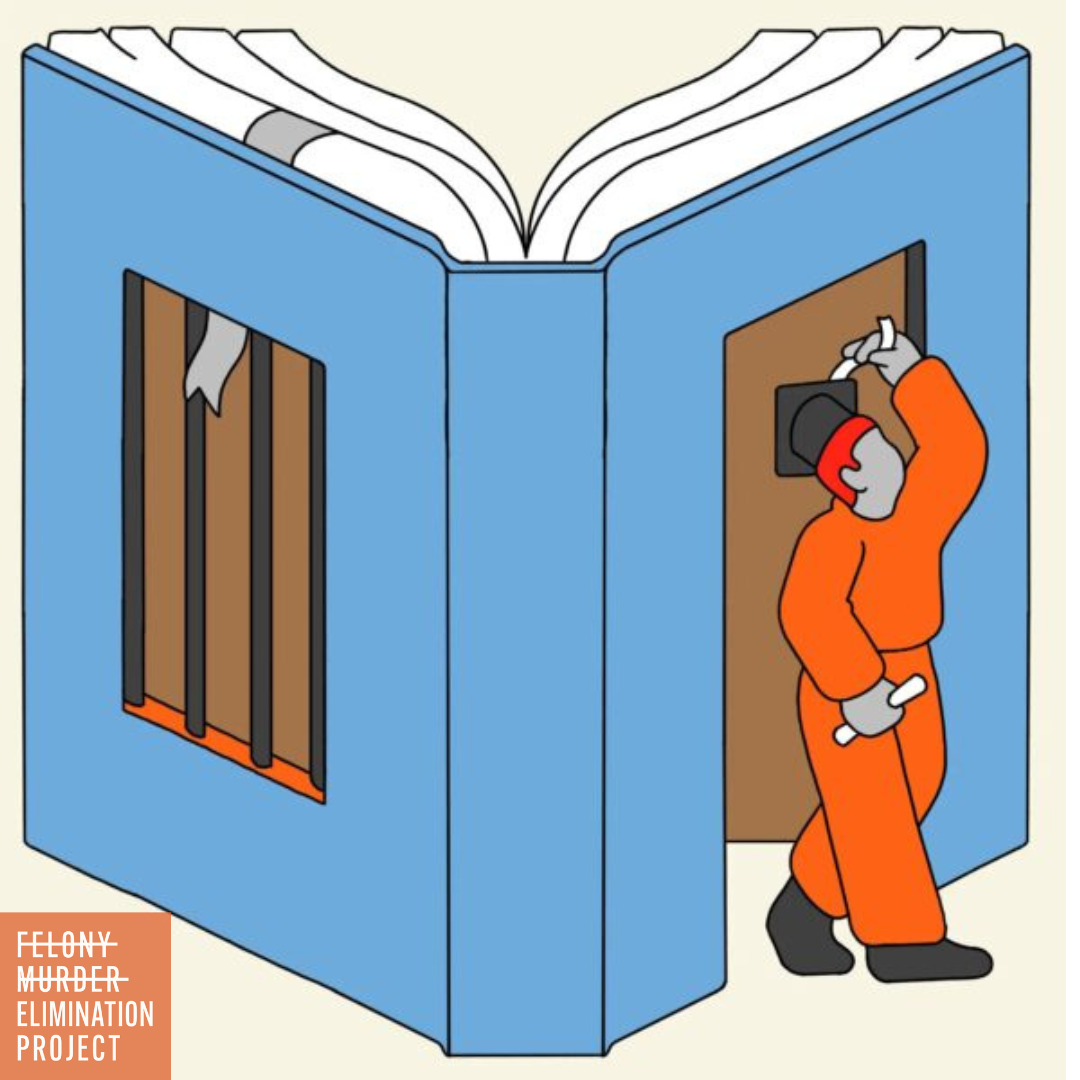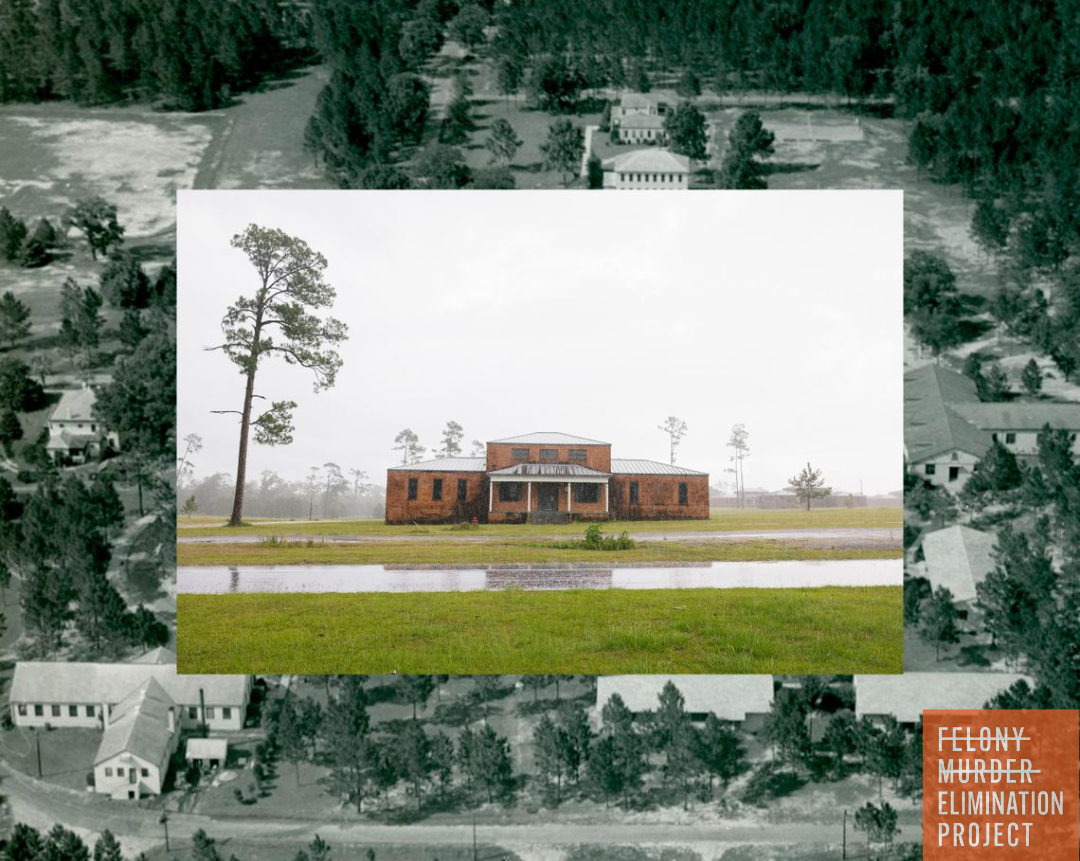Prison Labor for Private Profit at the Expense of the Climate
600 US federal and state prisons are located within three miles of EPA Superfund Sites, where prison labor is often used for cleanup roles

The United States incarcerates more than 1.2 million people in state and federal prisons, and two out of three of these incarcerated people are also workers. In most instances, the jobs these nearly 800,000 incarcerated workers have look similar to those of millions of people working on the outside. But there are two crucial differences: Incarcerated workers are under the complete control of their employers, and they have been stripped of even the most minimal protections against labor exploitation and abuse.
At the same time, incarcerated workers produce real value for prison systems and state governments, the system’s primary beneficiaries, as well as private enterprises. Nationally, incarcerated workers produce more than $2 billion per year in goods and more than $9 billion per year in services for the maintenance of the prisons and local infrastructure and cleanup projects.
About eight percent of incarcerated workers are assigned to public works projects, maintain cemeteries, school grounds, and parks; do road work; construct buildings; clean government offices; clean up landfills and hazardous spills; undertake forestry work; and more. At least 30 states explicitly include incarcerated workers as a labor resource in their emergency operations plans for disasters and emergencies. Incarcerated firefighters also fight wildfires in at least 14 states.
U.S. law also explicitly excludes incarcerated workers from the most universally recognized workplace protections. Incarcerated workers are not covered by minimum wage laws or overtime protection, are not afforded the right to unionize, and are denied workplace safety guarantees. The Occupational Safety and Health Act, which mandates that employers provide a workplace free from recognized hazards, does not cover federal and state prisoners. In 2010, a four-year investigation led by the Justice Department Inspector General found that incarcerated workers at ten federal prisons were exposed to toxic lead and cadmium while processing electronic waste. The New York Times reported that the investigation was prompted by complaints that the work made prisoners sick.
Incarcerated workers with minimal experience or training are often assigned hazardous work in unsafe conditions and without standard protective gear, leading to preventable injuries and deaths. Prisons don’t keep good records on the number of incarcerated workers injured on the job, but California reported more than 600 injuries in its state prison industry program over a four-year period. Because of poor data collection, this number likely underestimates the true impact of prison work on the health and safety of incarcerated workers.
Conditions like these, compounded with the fact that almost 600 US federal and state prisons are located within three miles of EPA Superfund Sites, make prisons dangerous places to work. In some of these prison work programs, incarcerated people are often assigned to work in the industries that fuel climate change in places most vulnerable to its effects, like the Gulf Coast and the Deep South, cleaning up oil spills or working in the offshore drilling industry. As natural disasters become more common and intense, prison labor is increasingly being used to help with preparation and recovery.
You can read more about these programs, the incarcerated people that provide the bulk of the labor in these programs, and the harmful conditions they face in "How Louisiana's Oil and Gas Industry Uses Prison Labor" from Scalawag Magazine. Scalawag Magazine works in solidarity with oppressed communities in the South to disrupt and shift the narratives that keep power and wealth in the hands of the few.

